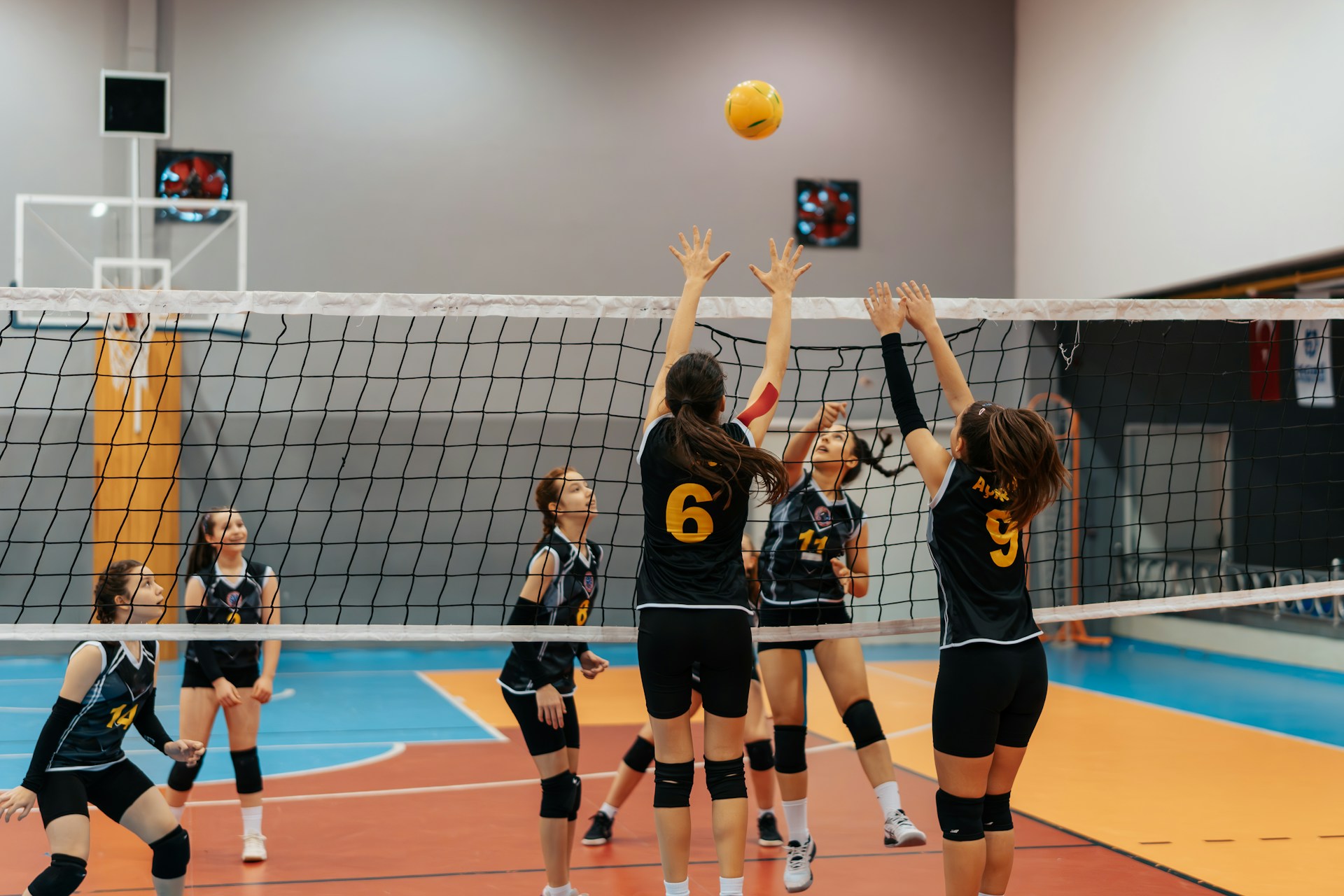How Can You Stay Safe and Thrive in Sports? Here’s What You Need to Know
Staying safe while playing sports is not just about avoiding injuries; it’s about thriving in the game, enjoying the process, and pushing yourself to new levels of achievement. Knowing how to leverage the latest innovations and best practices is key to maintaining safety and success on the field, court, or track. Whether you’re simply an amateur athlete or a seasoned pro, following these three best practices will help you stay safe and improve in your sport.
Prioritize Conditioning and Strength Training
The foundation of athletic success begins with conditioning and strength training, which not only enhance performance but also play a big role in injury prevention. When athletes neglect proper conditioning, they’re more likely to suffer from strains, sprains, and other injuries that could sideline them for weeks or even months. Strength training, on the other hand, builds the muscles, ligaments, and tendons that support your body during intense physical activity.
Conditioning routines should be unique and tailored to the specific demands of the sport you’re involved in. For instance, a football player’s regimen might emphasize explosive power and agility, while a marathon runner would focus more on endurance and cardiovascular health. You can also include flexibility exercises into your routine to boost your range of motion and lower the risk of injuries related to tight muscles.
Rest and recovery are other critical aspects of conditioning. Overtraining can lead to burnout and a higher likelihood of injury, so it’s essential to listen to your body and give it the rest it needs. By prioritizing a balanced approach to conditioning and strength training, you lay the groundwork for a long, successful, and injury-free athletic career.
Why Is the Right Safety Gear Essential for Athletes?
To stay safe in sports, nothing is more critical than the proper use of safety gear. For high-impact sports like football, wearing the correct gear can mean you end up only with a minor injury instead something far more serious. Specialized football gear, for instance, is specifically designed to protect players from the intense physical contact that’s inherent in the game.
Football helmets, shoulder pads, and mouthguards are just a few examples of essential gear that help protect athletes from head injuries, fractures, and dental trauma. But it’s not just about having the gear; it’s about making sure it’s properly fitted and in good condition. Ill-fitting or worn-out gear can fail to provide adequate protection, leaving athletes vulnerable to injury.
In addition to personal safety gear, sports environments should also be equipped with appropriate protective measures. For example, well-maintained playing surfaces, proper lighting, and safe, up-to-date equipment can all contribute to reducing the risk of injury.
Investing in the best safety gear is one of the smartest decisions an athlete or team can make. It’s an investment not only in safety but in the athlete’s ability to play confidently and effectively, knowing that they’re protected against the inevitable physical demands of their sport. As technology continues to evolve, so too does the design and effectiveness of sports gear, making it even more essential for athletes to stay informed and equipped with the best tools available.
Can You Leverage GPS Tracking in Team Sports?
Team sports, especially those with high physical demands like football, can benefit significantly from the integration of technology. One such advancement that’s gaining traction is the use of GPS tracking systems. Team sports like football should use GPS tracking to monitor players’ performance and health metrics in real-time. These devices provide valuable data on player movement, speed, and even the impact of collisions during a game.
The implementation of GPS tracking in sports serves multiple purposes. First, it allows coaches to analyze player performance more accurately, identifying areas where an athlete might be overexerting themselves or not pushing hard enough. This data-driven approach ensures that players are training smarter, not just harder, reducing the risk of overuse injuries.
Also, GPS tracking helps in injury prevention by alerting coaches and medical staff to potential red flags, such as a player’s sudden decrease in speed or erratic movement patterns, which could indicate fatigue or the onset of an injury. By addressing these issues before they escalate, teams can keep their players healthier and more competitive throughout the season. Ultimately, embracing technology like GPS tracking not only enhances safety but also gives teams a strategic edge, leading to better performance on the field.
